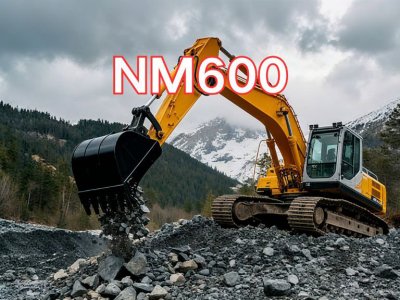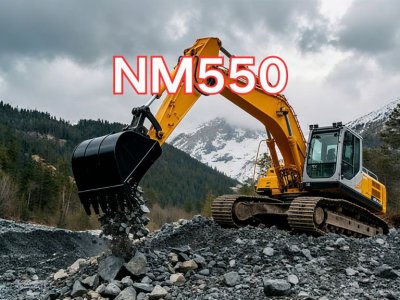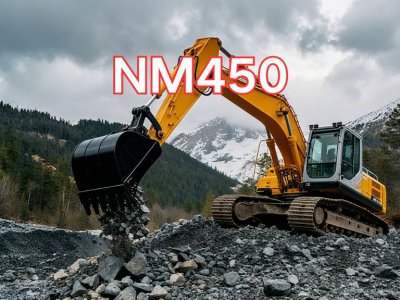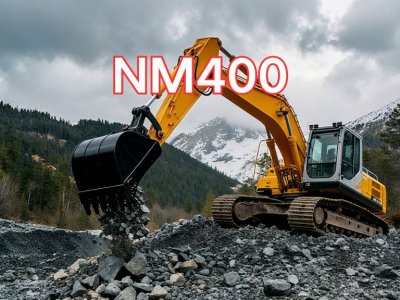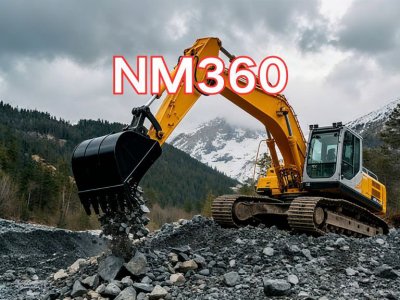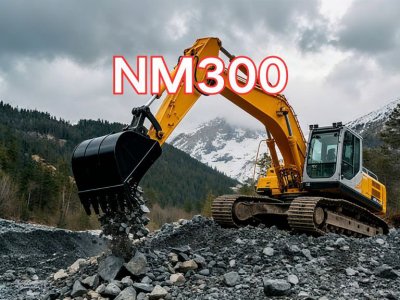High hardness and wear-resistant steel plate
AR Steel Plates
A high-strength steel plate specially designed to resist severe wear and tear environments, with the following characteristics:
High wear resistance: Adding alloying elements (such as chromium, molybdenum, boron, etc.) to the steel matrix or using special heat treatment processes, the surface of wear-resistant steel plates forms very hard carbides or intermetallic compounds, greatly improving the wear resistance of the material.
High wear resistance: Adding alloying elements (such as chromium, molybdenum, boron, etc.) to the steel matrix or using special heat treatment processes, the surface of wear-resistant steel plates forms very hard carbides or intermetallic compounds, greatly improving the wear resistance of the material.
Good impact toughness: able to withstand impact loads without easily breaking, suitable for working conditions that require greater impact force.
Machinability: Compared to ordinary steel plates, cutting, bending, and welding may require adjusting processing parameters to accommodate their higher strength and hardness.
High tensile strength: With high tensile strength, they can work stably for a long time under heavy load conditions without being easily damaged.
Good dimensional stability: Wear resistant steel plates have small changes in shape and size during use, ensuring the accuracy of mechanical equipment and extending its service life.
Widely applicable: Widely used in mining machinery, construction machinery, agricultural machinery, material conveying equipment and other fields, used for manufacturing vulnerable components such as buckets, crusher liners, and scraper conveyor middle slots.

